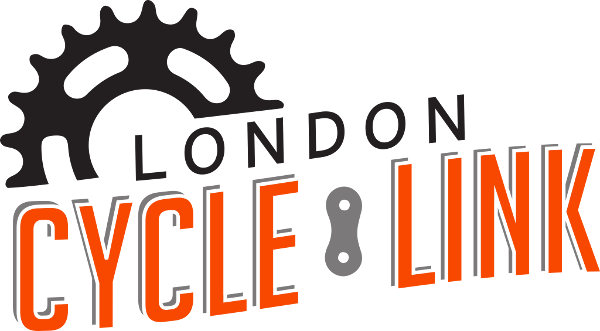Bike-to-Work Day as a Multipurpose Tool
We are full swing into biking season. May 27th was National Bike-to-Work Day and June 10th was Cycle Commuter Day here in London, Ontario. In the wake of bike-to-work initiatives throughout the country (and beyond), I want to bring some attention to the relevance of such events.
Bike-to-work initiatives go beyond merely promoting healthier choices for people and reducing carbon emissions. A bike-to-work day is a useful tool in designing cities for people. In 2016, I published an article called Bike to Work Day: a potential tool for planning and fostering sustainable mobility) in the scientific journal JEMS (Journal of Environmental Management and Sustainability) where we demonstrated, based on a city-wide campaign in Curitiba, Brazil, the usefulness of such an initiative as (1) a promotional tool, (2) a cultural-shifting tool, (3) a tool to boost the local economy, and (4) a planning tool. I want to share some of our findings from 2016 in a four-part series.
1. Bike to Work Day as a promotional tool
Getting more people on bikes is the most obvious goal of a bike-to-work day. That means the main target audience is new cyclists and it is important to devise an adequate strategy for this particular group of people.
But who are the potential cyclists? In 2006, Roger Geller, the Bicycle Coordinator for Portland, Oregon, released a paper that proposed a new typology of cyclists, entitled “Four Types of Cyclists.”
Strong and fearless
Enthused and confident
Interested, but concerned
No way, no how
Geller estimated that 60% of the population falls under the “interested, but concerned” category and a study conducted a few years later found similar numbers in 50 metropolitan areas in North America. This is very good news. A bike-to-work day can focus on people who are already willing to give the bike a try, and they represent the majority of the population.
From a health behaviour change standpoint, not everyone is ready to jump into action. Different people are in different stages of readiness for change. People who are ready to try a new habit are in either the contemplation, or preparation stage. Strategies must be tailored to the specific needs of these two groups, which include among other things: sharing information; building confidence; finding role models; and making the first bike ride as easy and convenient as possible by addressing the main barriers to cycling. Of course, it’s not possible to solve all the issues with a bike-to-work day event, but they should be addressed as much as possible. In our case that included:
Access to a functional bike
Wayfinding
Support from co-workers
Safe cycling infrastructure
The 2016 article demonstrated that it was the first time a local cycling campaign specifically and intentionally targeted the “interested, but concerned” demographic, and 29.4% of the participants were riding to work for the first time (information based on a survey with 320 valid answers). This is a remarkably high number of beginners, almost 1 out of 3.
Finding #1: targeted campaigns can yield much better results than one-size-fits-all campaigns.
Next in the series: Bike-to-Work Day as a cultural-shift tool



